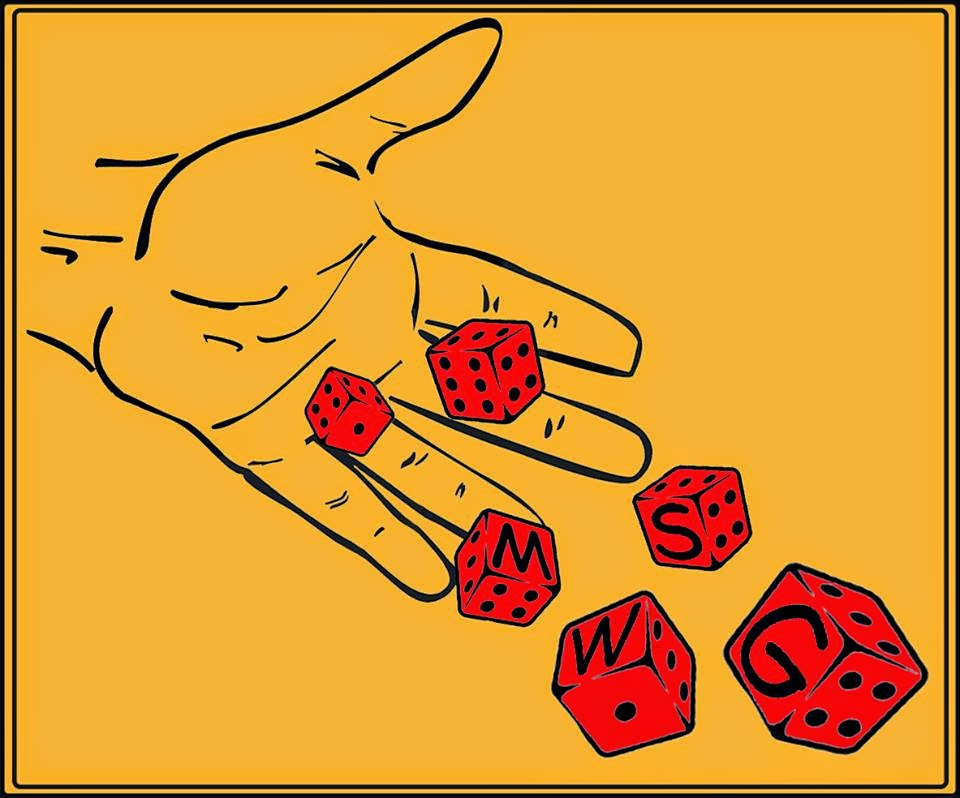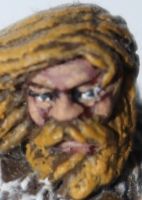JamesR wrote:
I'm sorry but I think you really have piercing strike backwards. It benefits low defense models the most. Dwarves dropping from D7 to D4-5 is a very big deal as you are drastically making it easier to wound, and each Dwarf is so expensive comparatively. Now a Goblin Town Goblin for example, only has D3 so he doesn't have much to lose, and already is so low it often won't effect the die roll needed to kill him, but the chance to strike like a cave troll is well worth the risk of such a low point model.
I hear what you are saying... though I still think dwarves do rather well out of it...
Take khazad guard s3 d7 against my s3 d4 orc...
If my orc wins the fight against the dwarf normally. I need a 6 to wound... if the dwarf fluffs its piercing strike attempt and rolls the worst it can it drops to d4, and my orc is now wounding on a 5.... odds are the dwarf is still going to survive...
...do it the other way round, the dwarf is normally wounding my orc on a 5, and if my orc fluffs the piercing strike his D could drop to enough to be wounded on a 4 or even a 3 ... statistically my orc is likely to die...
(I have not added two handed weapon effects into the above)
So in this example I'd say the rule benefits the dwarves...
But I would agree if your D is very low anyway then you have nothing to lose...
Perhaps the Goblin Town scenarios are what brought these abilities into play when the match ups between the goblins there and Thorins company were studied...?
In our game (angmar vs dwarves) the rule had an unexpected benefit... whilst taking slightly longer to resolves the fights, the overall game was over quicker than normal as my orcs seemed to drop like flies...

 Top
Top Top
Top Top
Top Top
Top Top
Top Top
Top Top
Top Top
Top Top
Top Top
Top








